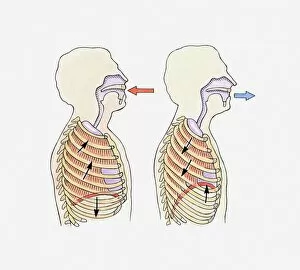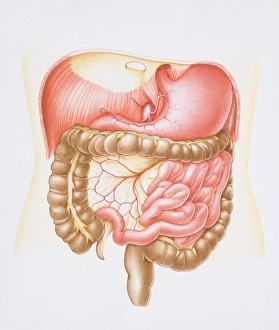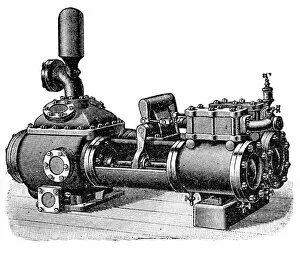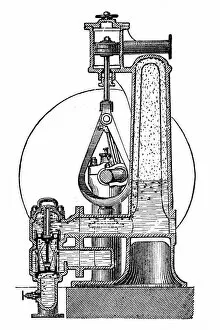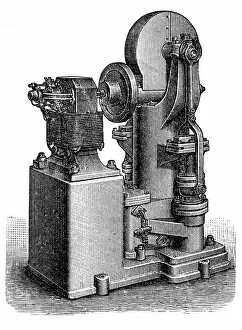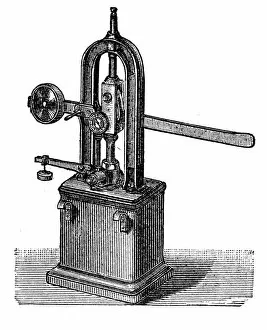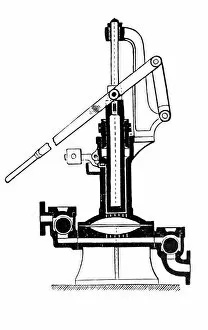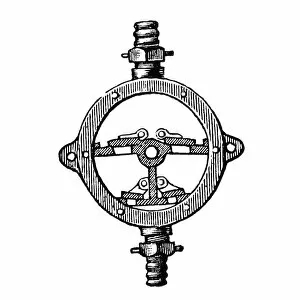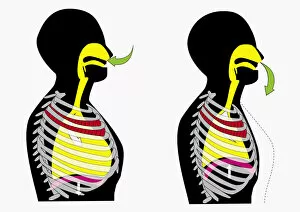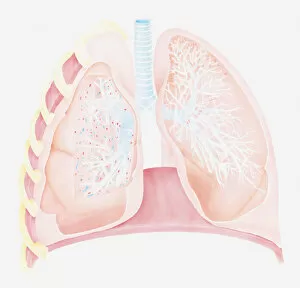Diaphragm Body Part Collection
The diaphragm, a vital body part responsible for breathing, plays a crucial role in our respiratory system
All Professionally Made to Order for Quick Shipping
The diaphragm, a vital body part responsible for breathing, plays a crucial role in our respiratory system. This incredible muscle contracts and relaxes with each breath we take, allowing us to inhale and exhale effortlessly. In an illustration showing the movement of the diaphragm during respiration, we witness its downward motion when exhaling and upward ascent when inhaling. This rhythmic dance ensures that oxygen enters our lungs while carbon dioxide is expelled from our bodies. A diagram of the abdominal cavity further emphasizes the importance of this muscular partition. With the liver removed from view, we can clearly see how the diaphragm separates the thoracic and abdominal cavities, preventing any interference between these two essential regions. But it's not just human anatomy where we find diaphragms at work. The Worthington pump and Pulsometer steam pump demonstrate how this ingenious mechanism is applied in machinery as well. These pumps utilize a diaphragm to create suction or pressure for various purposes like water pumping or boiler feed operations. Returning to human physiology, a digital illustration showcasing female anatomy highlights not only the muscles of neck, arm, chest but also includes an accurate depiction of the diaphragm alongside upper leg muscles. It serves as a reminder that this powerful muscle supports multiple bodily functions beyond respiration alone. As we explore different types of pumps such as twin steam pumps, water pumps (including electric ones), centrifugal pumps used in industries worldwide – even tasting pumps employed by discerning palates – it becomes evident that understanding how diaphragms function is key to comprehending their mechanisms too. Finally, let's not forget about contractors' pumps. These robust devices rely on manual operation but still incorporate elements inspired by nature's design: they harness principles akin to those found within our own bodies - including utilizing a functioning diaphragm.

